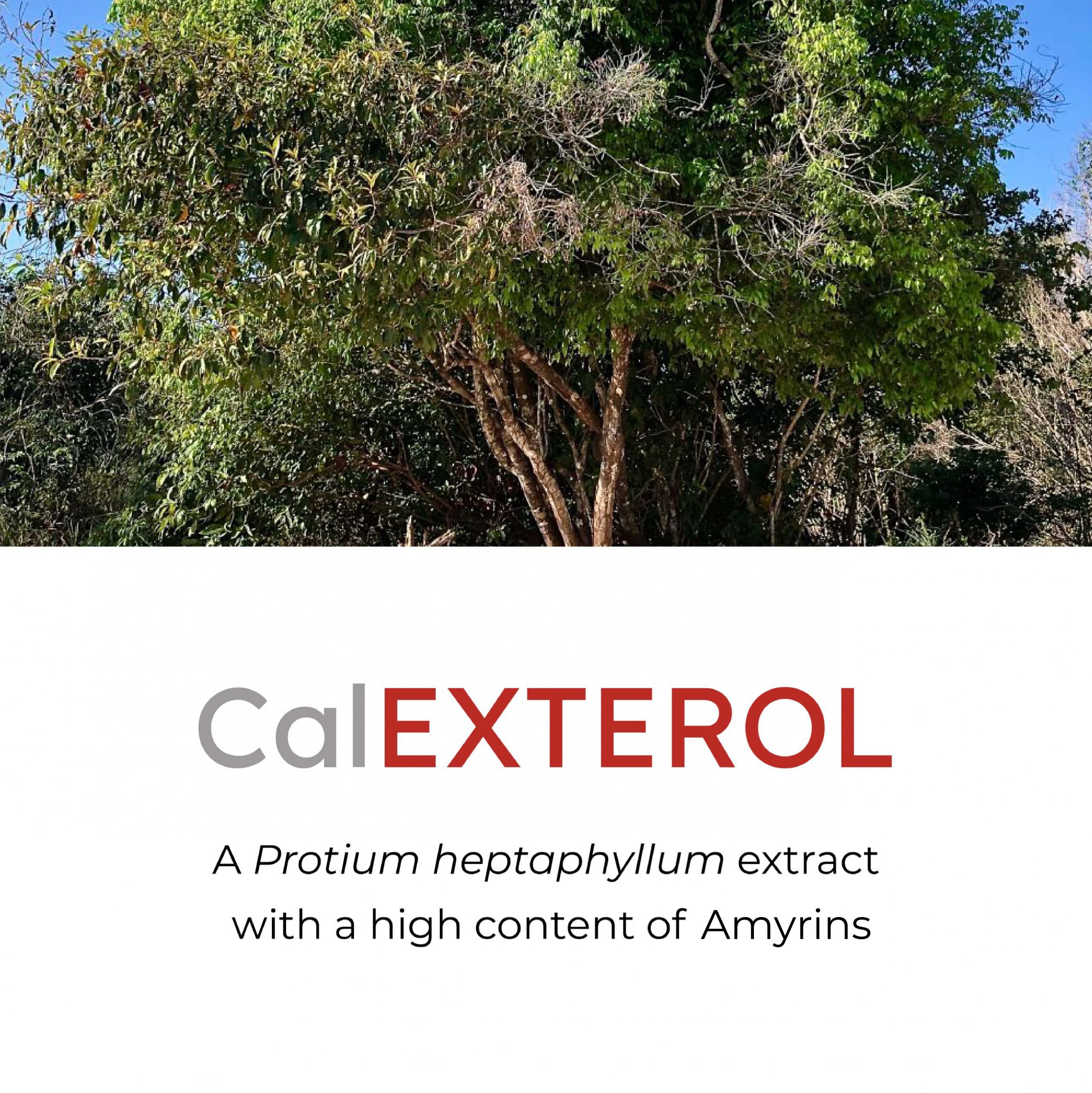
Protium heptaphyllum powder extract with the highest standardized content of amyrins (550 g/kg; 55%) and acidic triterpenes (95 g/Kg; 9.5%) on the market.
α- and β-amirines are pentacyclic triterpenoids that characterize the gum-resins of Protium heptaphyllum (family Burseraceae), which also contains several subgroups of acidic triterpenoids with ursanic, tyrucallanic and oleananic structures.
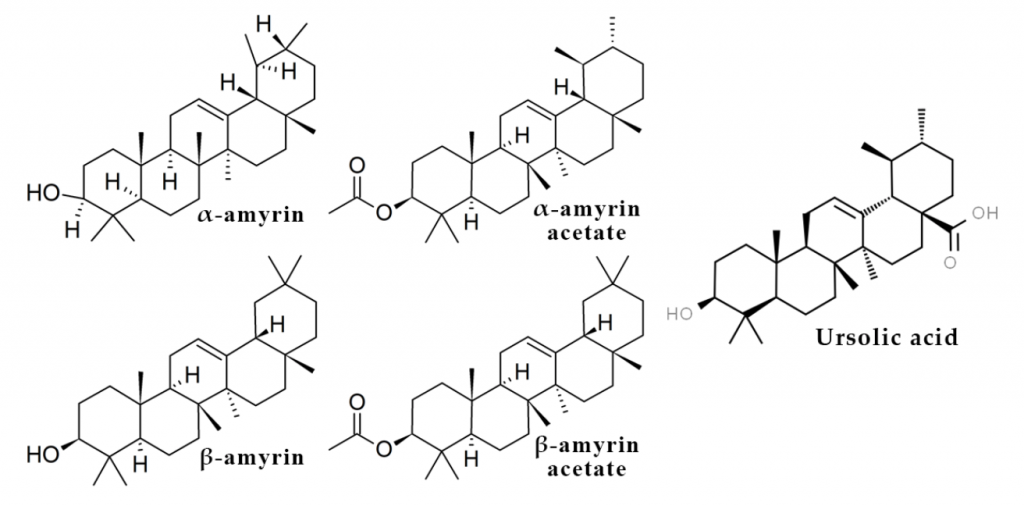
These molecules possess a broad spectrum of biological and pharmacological activities including anti-inflammatory, anti-nociceptive, gastroprotective, hepatoprotective, anti-hyperglycemic and hypolipidemic effects [Moura de Melo et al. 2019].
α- and β-amyrins have the potential for development as novel therapeutic agents for the treatment and prevention of obesity due to their anti-adipogenic effect mainly through the modulation of lipid and carbohydrate metabolism [Carvalho et al. 2017].
Recent studies on human hepatocytes have also revealed the ability of Protium heptaphyllum extracts to reduce cholesterol production and regulate the expression of proteins involved in cholesterol metabolism (HMGCR, PCSK9, LDLR, FXR, IDOL and PPAR) [Mannino et al . 2021].
Therefore, a high standardized content of amyrins and bioactive tyrucallanic, oleanic and ursanic triterpenes can be a useful support in combating hypercholesterolemia and obesity.
For this reason Calliero S.p.A. has developed an innovative extraction method to obtain a P. heptaphyllum powder extract with the highest amyrin content on the market. This extract is the result of innovative molecular fractionation techniques that allow to isolate and standardize the amyrins extracted from the gum-resin of this important medicinal plant.
The innovative extraction systems therefore allow Calliero S.p.A. to produce a standardized powder extract of Protium heptaphyllum with the highest bioactive amirine content on the market.
ANALYTICAL TECHNIQUES
The identification and quantification of the bioactive amyrins and other triterpene compounds present in Protium heptaphyllum is carried out using gas chromatography combined with mass spectrometry. In particular, α- and β-amyrins and their acetylated derivatives are identified by gas chromatography coupled to mass spectrometry both single quadrupole (GC-MS) and triple quadrupole (GC-MS-QQQ), while quantification is obtained by gas chromatography coupled to flame ionization detector (GC-FID) by use of internal standards. The acid fractions of the triterpenes are instead characterized by UHPLC-DAD-ESI coupled to mass spectrometry using a very high resolution triple quadrupole. The search for pesticides and toxins is carried out in house by UHPLC-ESI-Triple Quadrupole Mass Spectrometry and GC-MS triple quadrupole mass spectrometry on each single batch.
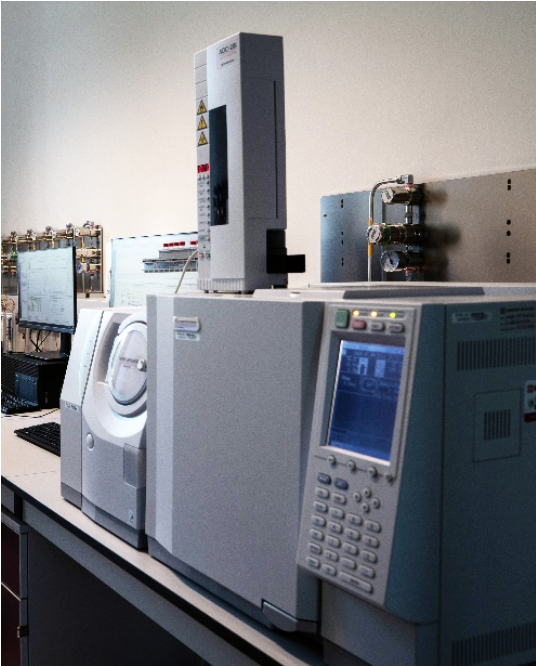
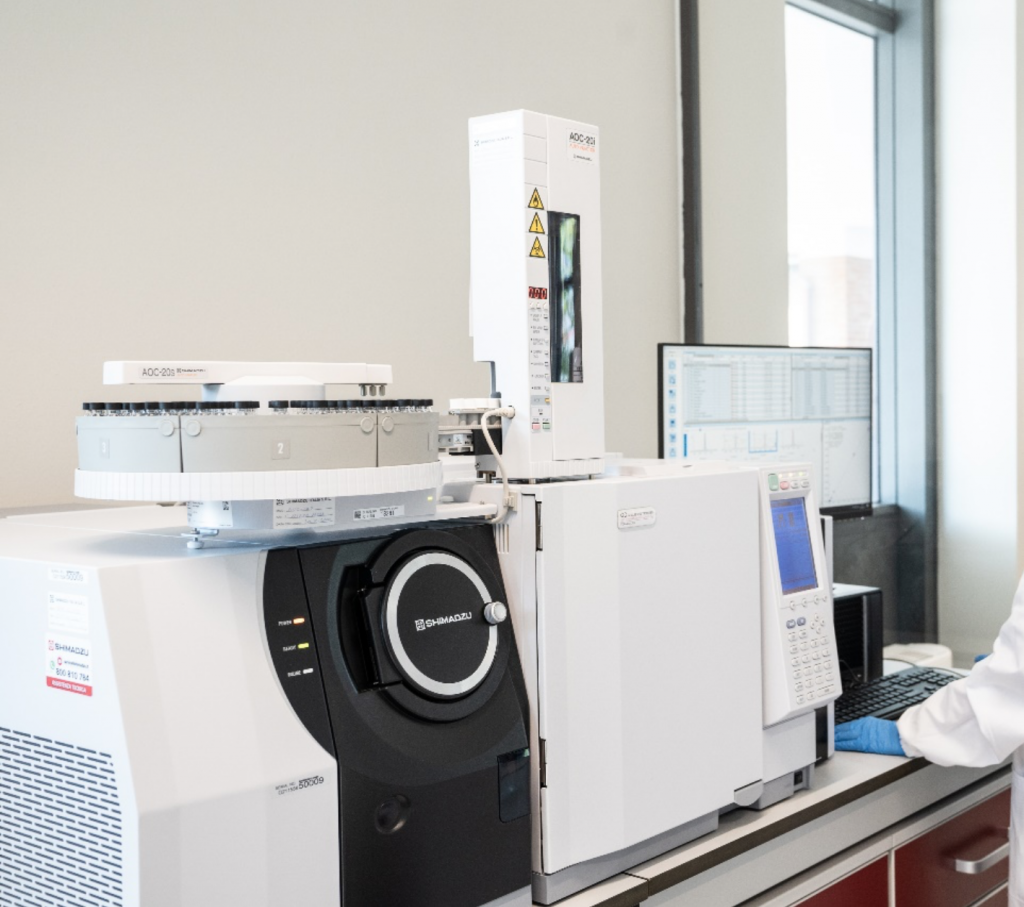
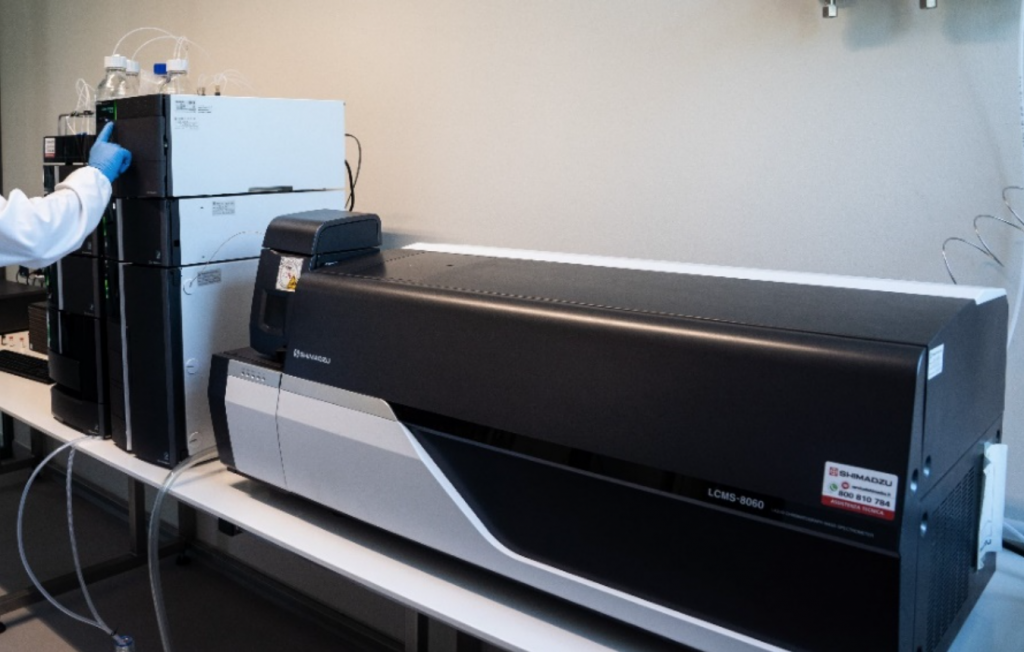
EXTRACTION TECHNIQUES AND PRODUCTION CAPACITY
Protium heptaphyllum oleogum-resins are extracted with an extractor with a capacity of 1500 kg. The yield in extract is 800 kg/day. On an annual basis, the production capacity is several tons and is carried out entirely by Calliero S.p.A. in the Moretta (CN) Italy plant, without the use of intermediaries or the purchase of semi-finished products. High quality Protium heptaphyllum oleogum-resins are selected from the best manufacturing companies located in Latin America and are shipped in batches of 20 tons in containers for extraction. The amount of oleogum-resins extracted allows a high standardization of the batches and a guarantee of production.
Protium heptaphyllum extract is subjected to a chemical separation process, where the lipophylic compounds that include amyrins and acidic triterpenes are separated from polysaccharides and other water-soluble substances.
The molecular fractionation developed by Calliero S.p.A. allows to obtain a standardized powder extract with a high amyrin content (550 g/kg) and with other bioactive triterpenes (95 g/kg).
PROPERTIES OF AMYRINS
Hypercholesterolemia is one of the major causes of cardiovascular disease, the risk of which is further increased if other forms of dyslipidemia occur. Current therapeutic strategies include changes in lifestyle coupled with drug administration. Monacolin-k represent the most common therapeutic approach, but the new regulation severely limits the use of monacolin-K containing extracts.
α-Amyrin and β-amyrin are two representative members of the family of pentacyclic triterpenes, and have attracted much attention due to their reported hepatoprotective, antihyperglycemic and hypolipidemic activity [Santos et al., 2012; Oliveira et al., 2005; Sudhahar et al., 2008]. α-Amyrin and β-amyrin are product analog inhibitors of human oxidosqualene cyclase that plays a decisive role in cholesterol biosynthesis and homeostasis whose disorders are correlated with a variety of metabolic diseases [Chen et al., 2017].
α-Amyrin and β-amyrin decreased the severity of hepatic steatosis and inflammatory response, evidenced by serum and liver parameters as well as histological findings. α- and β-amyrin-induced reduction in hepatic steatosis seemed to involve α- and β-amyrin-activated protein kinase mechanistic target of rapamycin complex 1 (mTORC1)-sterol regulatory element binding protein 1 (SREBP1) signaling pathways, which supported its beneficial role in the prevention and treatment of nonalcoholic fatty liver disease (NAFLD) [de Lima et al., 2021]. α-Amyrin and β-amyrin also prevent the impaired aortic vascular reactivity in high-fat diet-induced obese mice. By preventing high-fat diet-induced obesity in mice, α-Amyrin and β-amyrin rescued the blunted contractile response to phenylephrine, and the attenuated vasorelaxation and K+ channel activation (opening) induced by acetylcholine and sodium nitroprusside in isolated aorta [Santos et al, 2017].
α-amyrin attenuates high-fructose diet (HFD)-induced metabolic syndrome in rats. α-Amyrin prevented in a dose–dependent manner the increase in systolic blood pressure, plasma glucose, total cholesterol, and plasma triglycerides and a significant decrease in high-density lipoprotein cholesterol (HDL-C) on HFD-induced metabolic syndrome in rats [Prabhakar et al., 2018]. Mice treated with alpha and beta-amyrin had significantly reduced increases in blood glucose, total cholesterol and serum triglycerides. The hypocholesterolemic effect of α- and β-amyrin significantly decreased VLDL and LDL cholesterol and elevated HDL cholesterol [Santos et al., 2012]. β-amyrin and its acetate added to a diet could decrease total cholesterol by 15%–20% in hamsters [Huang et al., 2020].
The bioactivity of Protium heptaphyllum extracts is directly proportional to the content of acid amyrins and triterpenes. For this reason Calliero S.p.A. produces the only extract available with the highest standardized amyrins content on the market. The large-scale industrial process and innovative technologies make it possible to obtain products at highly competitive costs, guaranteeing a high level of purity and safety associated with an unbeatable quality/price ratio.
PACKAGING
All products are delivered in high quality aluminium containers especially designed for packaging, transport and storage of value products. The containers are made of 1050A grade Aluminium with inner coating and available in sizes from 2 Kg to 25 Kg for powders and from 50 gr to 25 Kg for liquids. These containers not only guarantee an optimal tightness, but also a high level of chemical, microbiological and particle cleanliness.
Our delivery system is based on three main concepts:
Safety: Secured transport with a lever lock ring closure, nitrile (or silicone) gasket and an aluminum lid for powders and PP cap with tamper evident tear off ratchet ring and PE plug with tear off ring for liquids; high resistance and tightness even when exposed to high pressure differences; compatible with anti-tamper seals; no residue after use; excellent mechanical resistance against shocks, perforations and compressions caused during transport. Moreover, they are compliant to the European standard regulation for food contact.
User friendly: Easy to use and to empty with a 220 mm (8.66 in) wide open top for powders and from 22 mm to 46 mm (0.9 to 1.8 in) bottle neck for liquids; easily washable and sterilizable. The liquid containers allow precise drop, easy pouring and a standard closure. Bottles from 1 to 25 Kg are equipped with a rotating handle that helps to manipulate the bottles.
Environmentally friendly: 100% recyclable high scrap value aluminum monoblock.
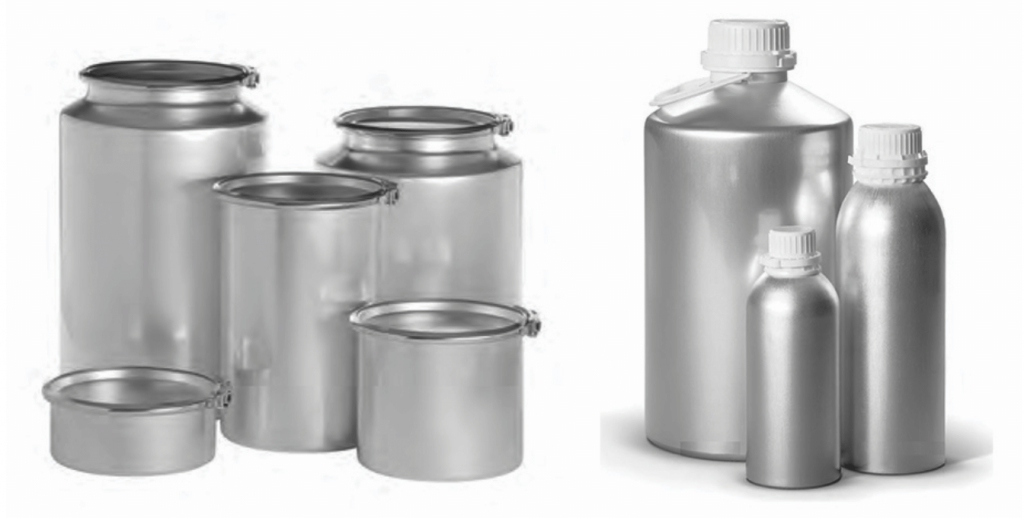
Representative containers used for powder extracts and liquid extracts, respectively
Chen et al, 2017. Practical synthesis of α-amyrin, β-amyrin, and lupeol: the potential natural inhibitors of human oxidosqualene cyclase. Arch. Pharm. Chem. Life Sci., 350, Article e1700178.
de Lima et al., 2021. α,β-Amyrin prevents steatosis and insulin resistance in a high-fat diet-induced mouse model of NAFLD via the AMPK-mTORC1-SREBP1 signaling mechanism. Braz. J. Med. Biol. Res. 54, article e11391.
Huang et al., 2020. The cholesterol-lowering activity of miracle fruit. J. Food Biochem., 44, Article e13185.
Mannino et al., 2021, Bioactive triterpenes of Protium heptaphyllum gum-resin extract display cholesterol-lowering potential. Int. J. Mol. Sci. 22:2664
Moura de Melo et al., 2019, α, β-Amyrin, a pentacyclic triterpenoid from Protium heptaphyllum suppresses adipocyte differentiation accompanied by down regulation of PPARγ and C/EBPα in 3T3-L1 cells. Biomed. Farmacoter. 109:1860–1866.
Oliveira et al., 2005. Protective effect of alpha- and beta-amyrin, a triterpene mixture from Protium heptaphyllum (Aubl.) March. trunk wood resin, against acetaminophen-induced liver injury in mice. J. Ethnopharmacol. 98, 103–108.
Prabhakar et al., 2018. Alpha-Amyrin attenuates high fructose diet-induced metabolic syndrome in rats. Appl. Physiol. Nutr. Metab. 42, 23-32.
Santos et al., 2012. Antihyperglycemic and hypolipidemic effects of alpha, beta-amyrin, a triterpenoid mixture from Protium heptaphyllum in mice. Lipids Health Dis., 11, Article 98.
Santos et al., 2017. The triterpenoid alpha, beta-amyrin prevents the impaired aortic vascular reactivity in high-fat diet-induced obese mice. Naunyn-Schmiedeberg’s Arch Pharmacol 390, 1029–1039.
Sudhahar, S. et al., 2008. Protective effect of lupeol and lupeol linoleate in hypercholesterolemia associated renal damage. Mol. Cell Biochem. 2008, 317, 11–20.
